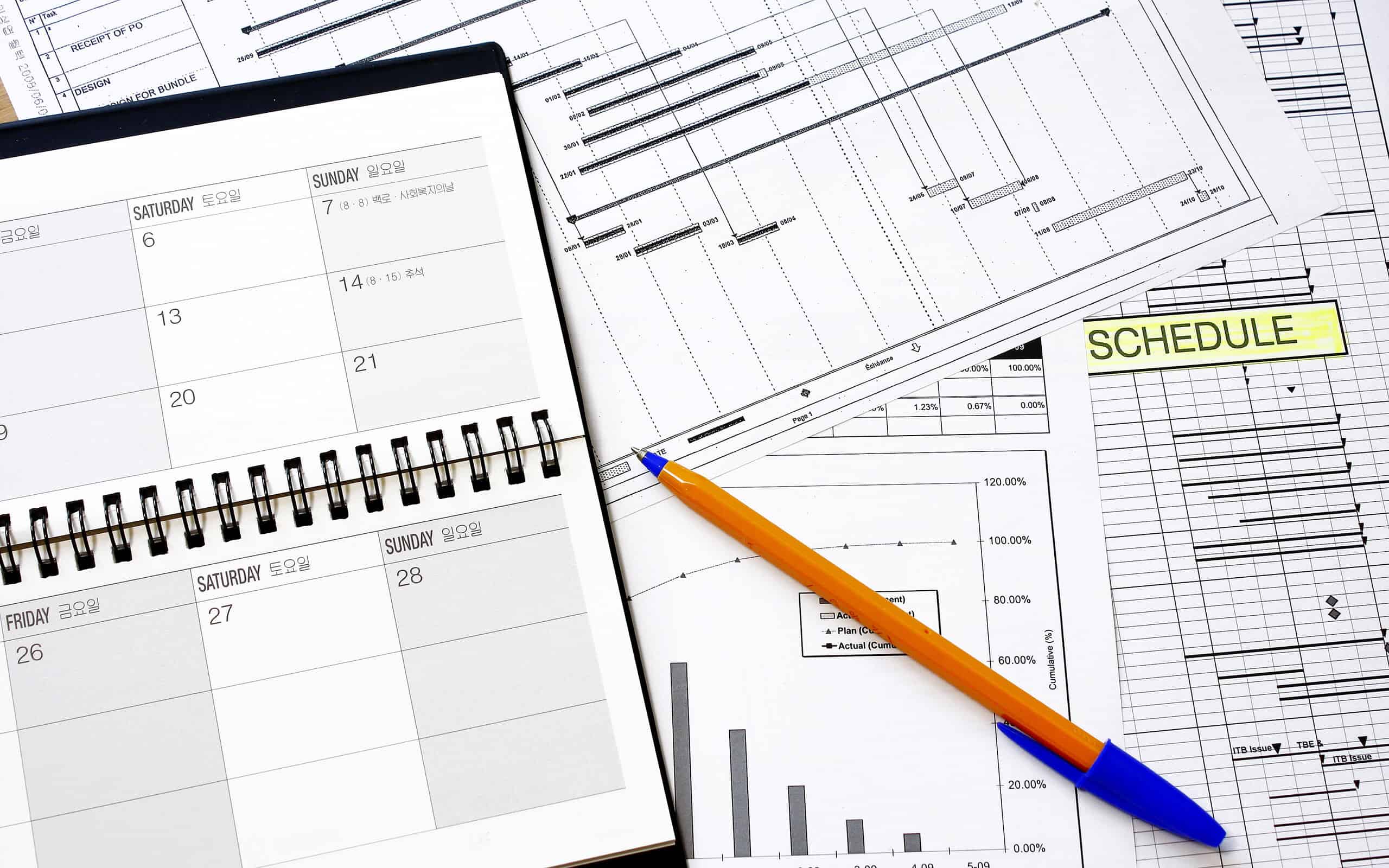
During a project, there will often be a requirement to submit a QAS/TPR report. Below, you will find a primer on exactly what the first part of that report is as well as what it should contain.
Overview: What is a Quality Assurance Schedule?
A quality assurance schedule is a schedule of manufacturing and quality control activities whose primary goal is to provide a timetable for meeting specific requirements.
4 benefits of a QAS
Utilizing quality assurance schedules offers a number of benefits for your company:
1. Customer confidence
Implementing quality assurance schedules is a great step toward building customer confidence. It shows that your company knows what needs to happen and that there are set time parameters for completion.
2. Credibility
A QAS shows that you are a company to be taken seriously and that quality assurance is of paramount importance to you.
3. Improvement
Having a quality assurance schedule can help improve efficiency as well as your company’s work processes.
4. Competition
Having a set schedule for reaching goals while maintaining specific standards makes your company competitive in the marketplace.
Why are quality assurance schedules important to understand?
Having a solid grasp of quality assurance schedules is important for some major reasons:
A lack of understanding will lead to poor results.
If you do not have a fundamental grasp of how to create and implement quality assurance schedules, you may have poor planning development that could lead to major issues. Some examples would be high costs, minimal progress, and even a product that is unusable.
It has a dramatic impact.
Quality assurance protocols are an important part of a project as everything from scheduling to cost can be severely impacted.
Not understanding a QAS can create high risks
A project is more likely to have a dissatisfactory outcome without a well-thought-out and implemented quality schedule.
An industry example of a Quality Assurance Schedule:
A manufacturing company that deals in industrial box labeling products is trying a new machine that utilizes parts from several suppliers. For this trial, the manufacturing company is requiring a QAS from all its suppliers. The document that is to be submitted has some minimum requirements. First off, a master schedule should be on the very first page. The manufacturer is asking that next there should be a supplier trial and sample schedule. This includes information on supplier parts trials and parts shipping schedules. Next, a list of all the major components as well as their build is included. Also included is the production level of the components, the timing of evaluations, a plan for the internal quality system development by the supplier, how the supplier is meeting SQM requirements, and documentation of review by management.
4 best practices when thinking about QAS:
If you are going to incorporate quality assurance schedules into your company, here are some practices to keep in mind:
1. Setting standards
Without standardizing, there is too much room for interpretation by the different parties involved.
2. Having S.M.A.R.T. benchmarks
A proper quality assurance schedule should have benchmarks. These should be specific, measurable, assignable, relevant, and time-based (S.M.A.R.T.).
3. Responsibility
Responsibility for how the schedule is implemented should be properly and evenly delegated.
4. Focusing on the when, the how, and the why
Proper quality assurance schedules clearly define every step of when, how, and why.
Frequently Asked Questions (FAQ) about quality assurance schedules:
What is a TPR?
A TPR is a Tool Progress Report and it is a detailed schedule of the tooling being utilized for a project as well as the potential effect with the tooling should part changes occur. It is often submitted along with the QAS.
What is an example of how quality assurance schedules can save on costs?
With proper quality assurance in place, it is less likely that defects will occur. If a product makes it into the hands of customers and there is a defect, there is extra added costs associated with customer support. Further costs can occur from having to address the defect with corrections and changes in processes.
What kind of testing should be done with quality assurance schedules?
A variety of testing should be implemented. Some types of testing would be functionality, performance, usability, and security.
Quality assurance schedules help keep businesses on track as well as show where improvements can be made. They give customers peace of mind and can streamline processes so that maximum efficiency is achieved. If these sorts of results are desired for your company, consider implementing a quality assurance schedule for the next project.